The Evolution of Casino Design: From Classic to Modern
Over time, casino design has shifted from ornate halls to futuristic resorts, merging entertainment, luxury, and architectural innovation. In discussions about non GamStop casinos, design and atmosphere play a major role in attracting international visitors. From early historic casino landmarks with gilded ceilings to high-tech modern casino buildings, architecture now shapes how people feel and play inside. Below are eight unique casinos that illustrate how casino architecture reflects changing design trends, technology, and travel culture.
1. Casino de Monte-Carlo (Monaco)
Once built in 1878 under Prince Charles III and designed by Charles Garnier in a Belle Époque style, this historic casino became a European glamour symbol. Today it remains a benchmark of elegance, with restored salons, high ceilings, stained glass and a careful balance of heritage and comfort.
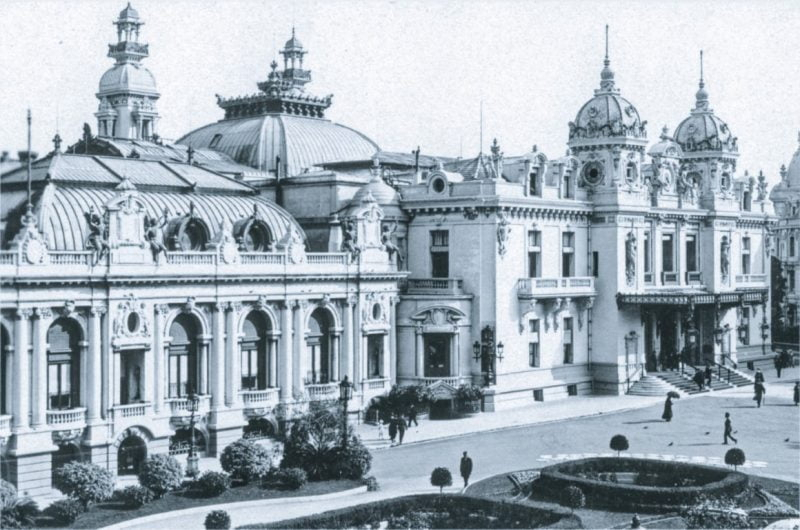
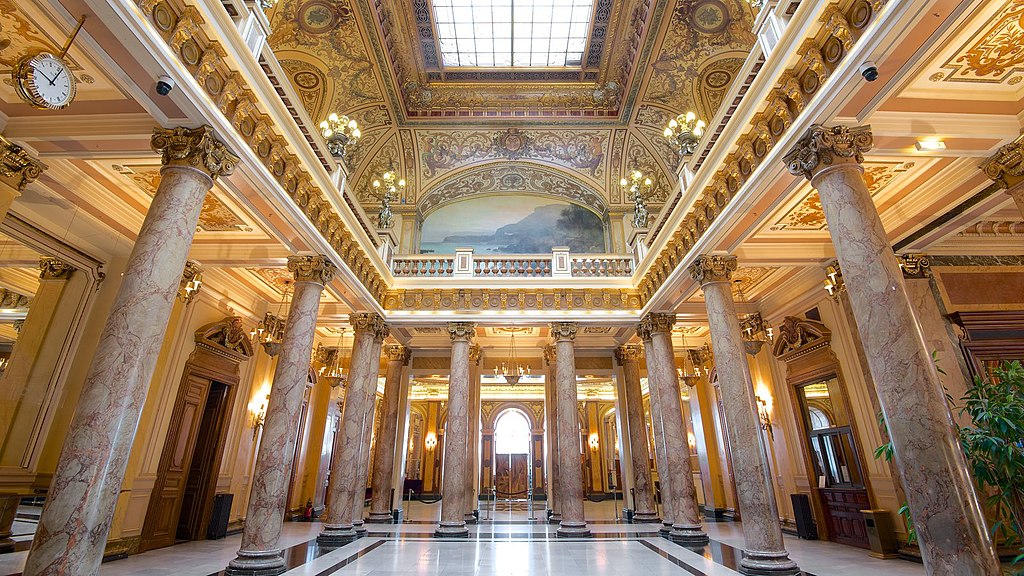
2. Caesars Palace (Las Vegas)
Opened in 1966 with Roman-inspired columns and theatrical motifs, Caesars Palace ushered in themed resort design. Its modern iterations retain the imperial motifs but embed contemporary lighting, open layouts and sleek materials to match evolving design trends.
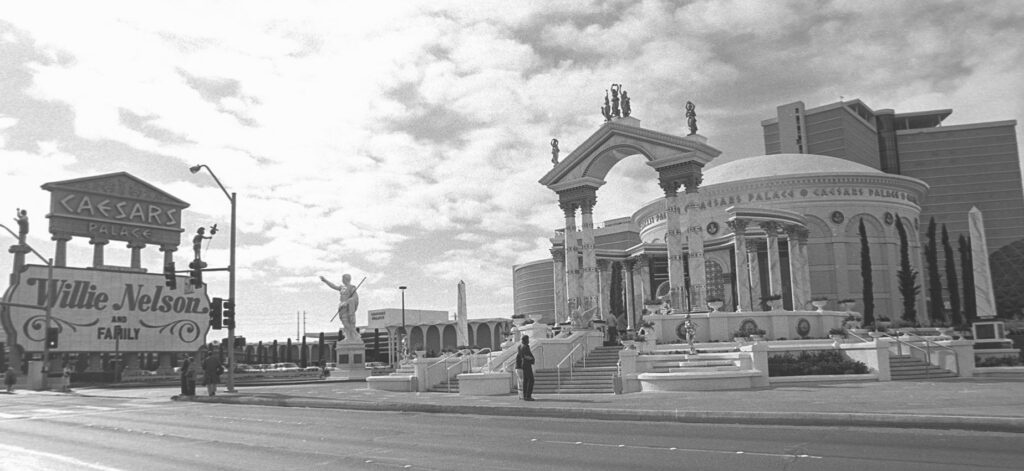
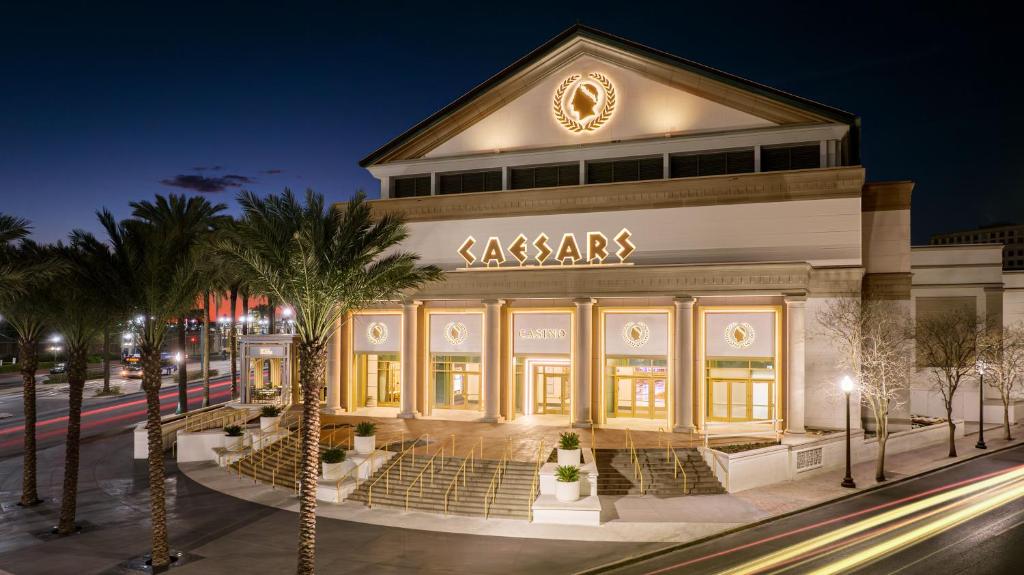
3. The Venetian Las Vegas
Inspired by Venice, The Venetian recreates the canals, bridges, and facades of the casino royale Venice building. Built in 1999, it became an icon of immersive casino architecture. Modern refurbishments added glass-walled corridors, LED lighting, and water features that echo Venice’s charm but reduce the sense of a casino royale Venice building collapse through modern engineering precision.

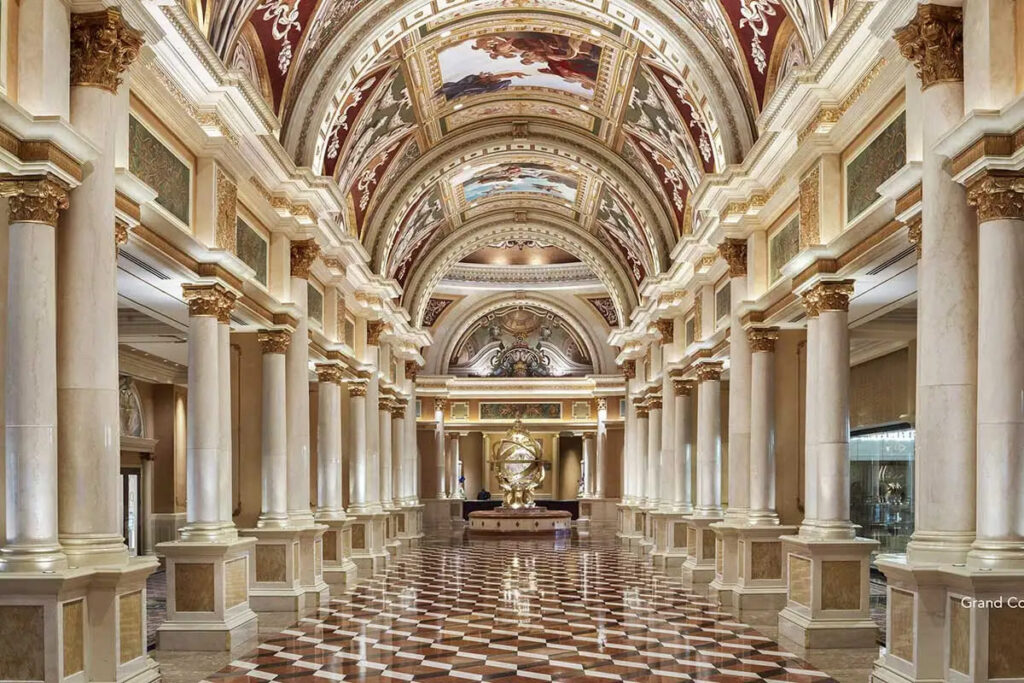
4. MGM Grand (Las Vegas)
Launched in 1993 with Tuscan and Mediterranean inspirations, the MGM Grand’s original design was bold in scale. Over time, interior zones were updated with lighter palettes, open atriums, and more daylight to reflect modern casino trends.
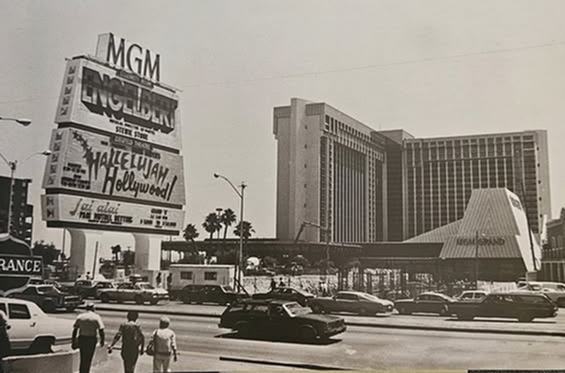
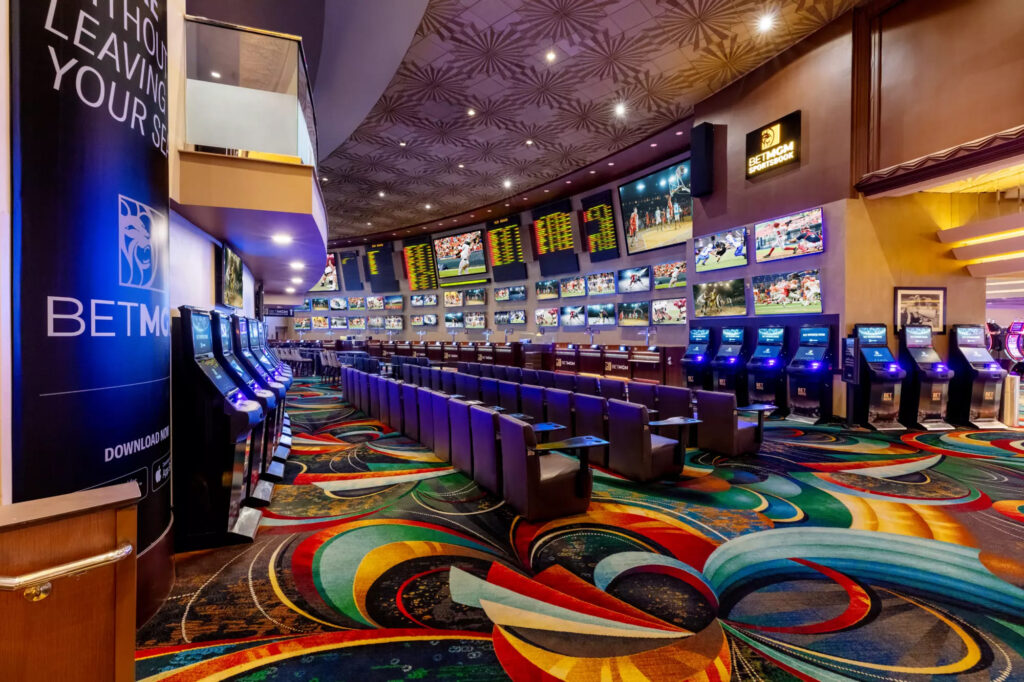
5. Grand Lisboa (Macau)
Unveiled in 2007, Grand Lisboa revolutionised casino architecture in Asia. Its lotus-shaped glass tower reflects local symbolism and future-forward design. Inside, the casino interior design is layered with gold, mirrors, and LED-lit ceilings, creating one of the most visually striking modern casinos in the world.
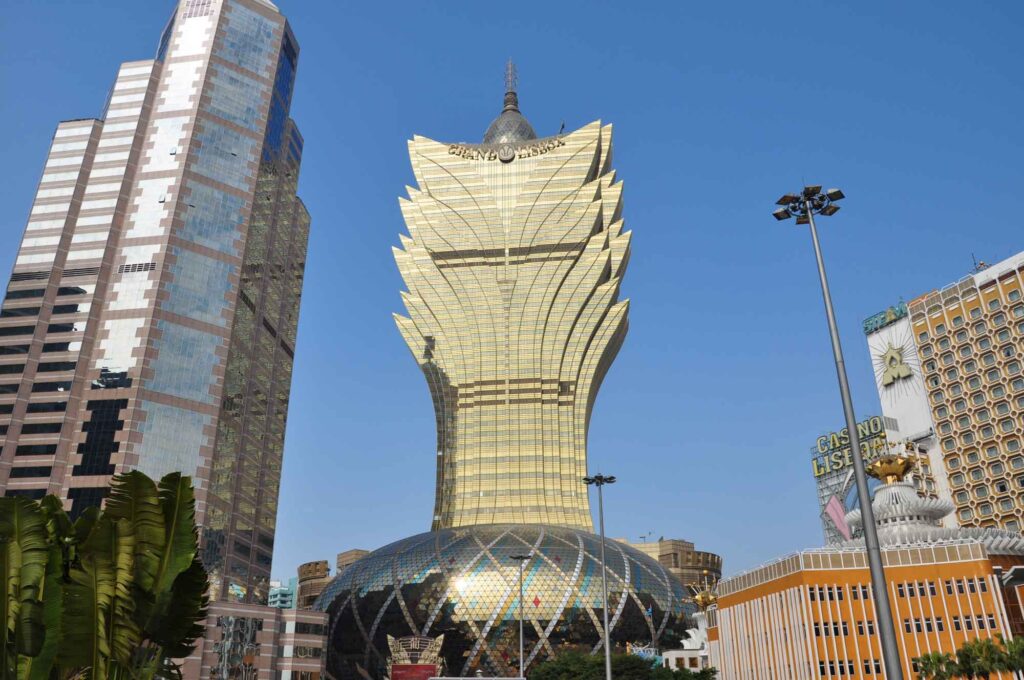
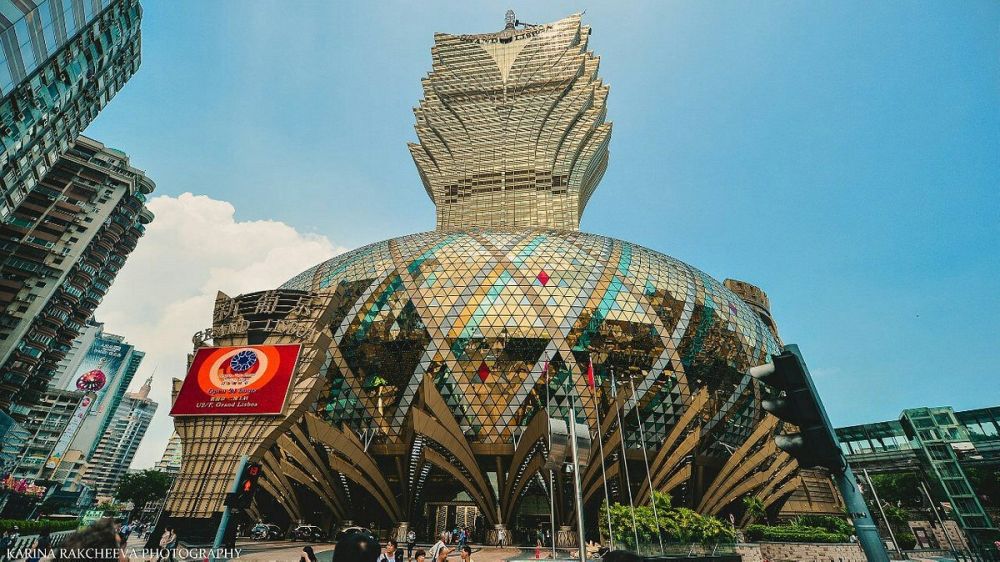
6. Wynn Palace (Macau)
Opened in 2016, Wynn Palace reflects modern ambitions: floral themes, light gardens, a dancing fountain lake and glass facades. It combines art installation, water features and open corridors to push design beyond pure gaming.

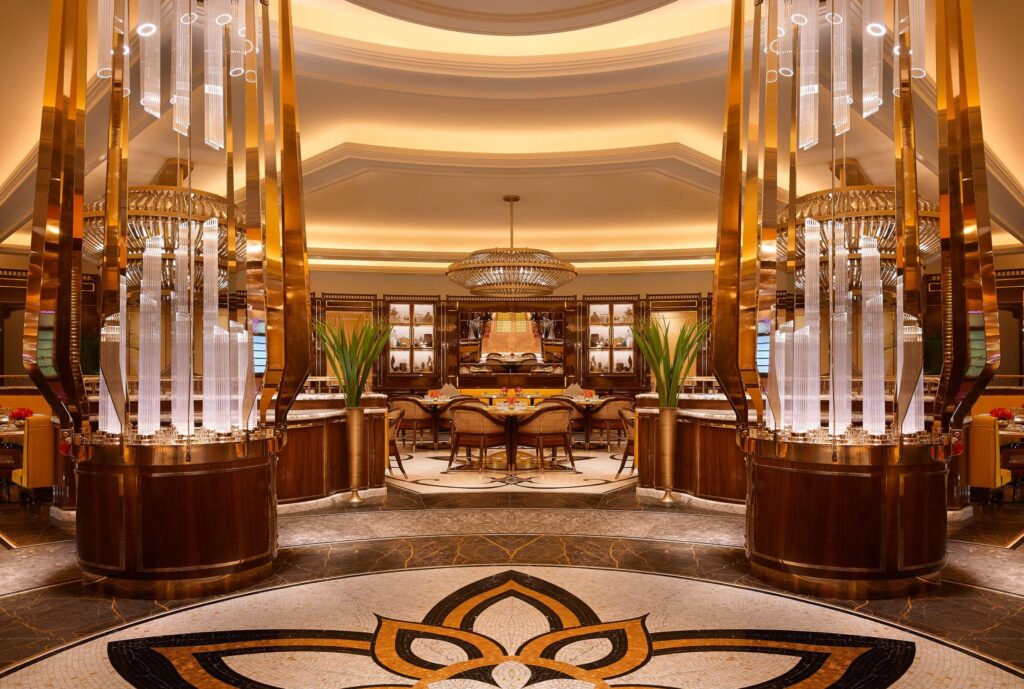
7. Casino de Montréal (Canada)
Built for Expo 67, this historic casino sits inside repurposed pavilions — an example of adaptive casino architecture. The casino de Montréal architecture combines mid-century concrete forms with modern glass extensions and lighting art. Its casino interior design balances Canadian minimalism with digital art walls.
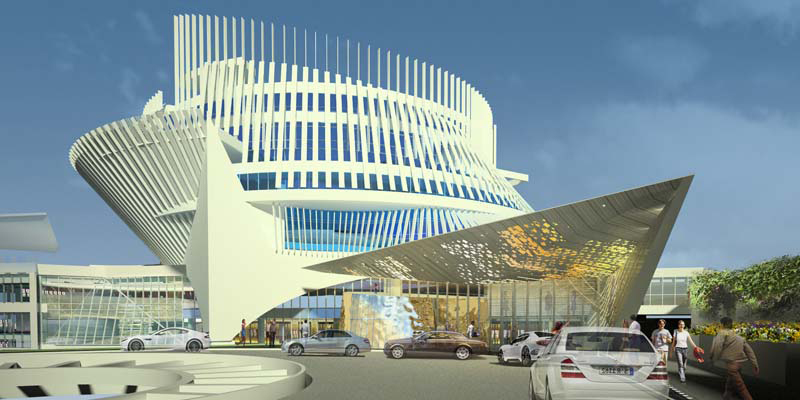
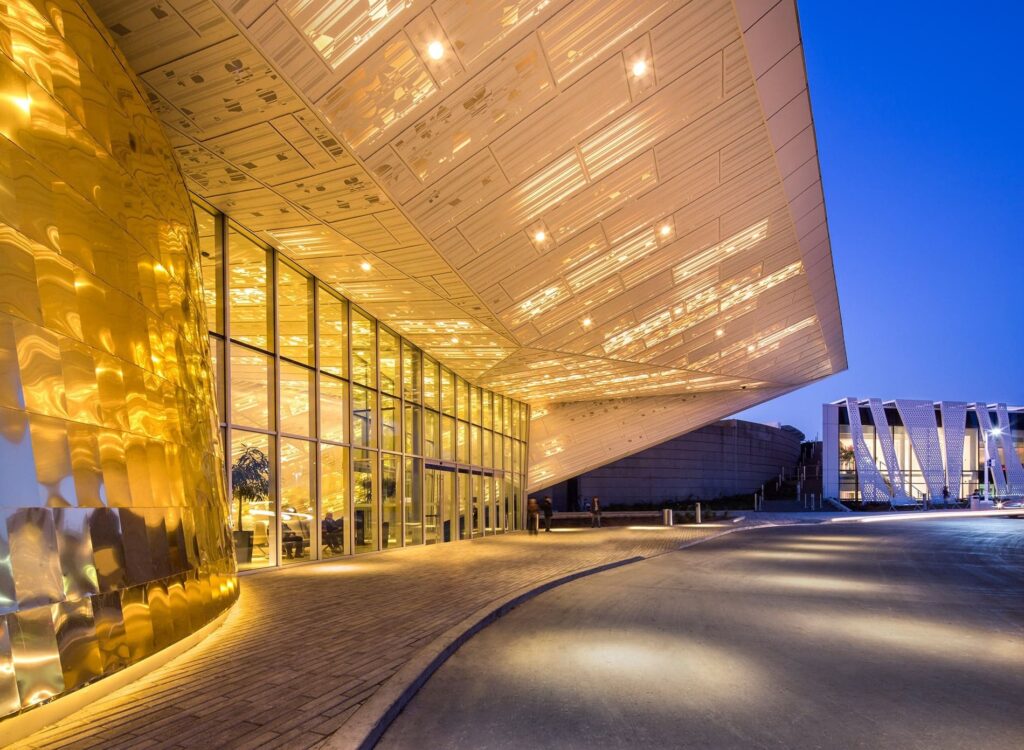
8. Sun City Resort (South Africa)
Since 1979, Sun City has represented African luxury. Its casino building combined cultural motifs and tropical landscapes. Recent redesigns replaced heavy motifs with light materials, large skylights, and greenery — signaling how modern casino design trends aim for sustainability and comfort without losing cultural depth.
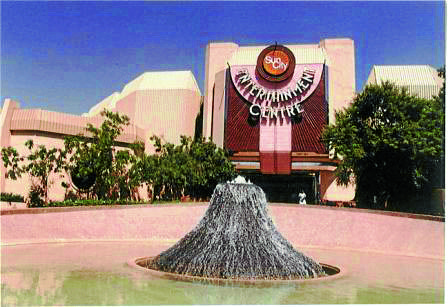
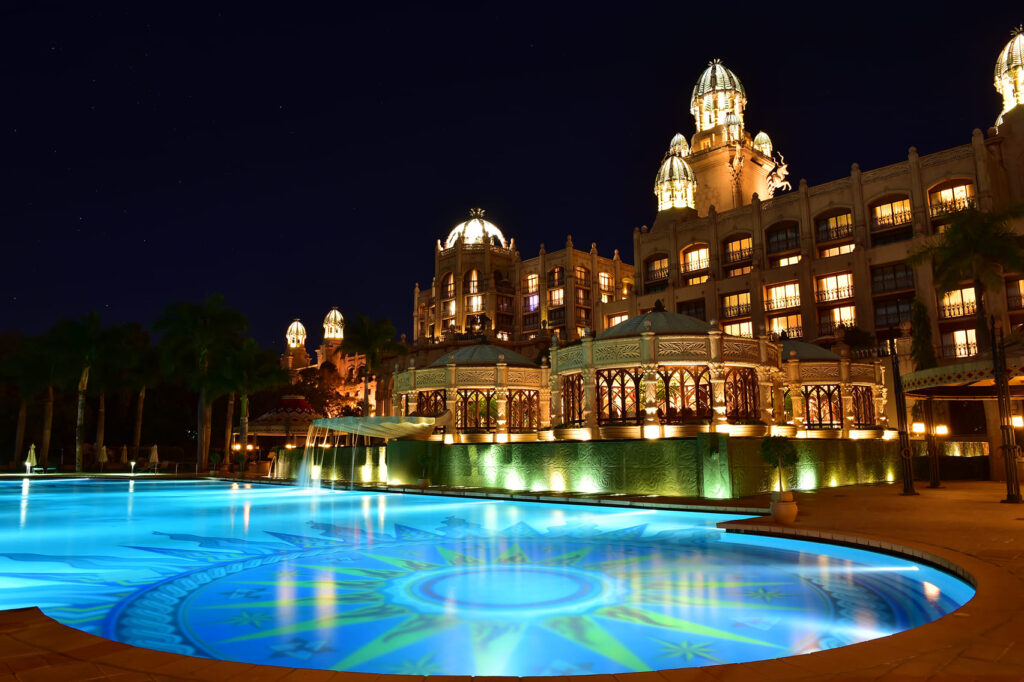
9. The Historic Bullock Hotel Casino (Deadwood, USA)
Opened in the late 1800s, this historic casino maintains its Wild West charm. Exposed brick walls, brass lamps, and preserved timber reflect early casino interior design ideals. Renovations introduced updated gaming areas and lighting that preserve authenticity while catering to modern casino expectations.

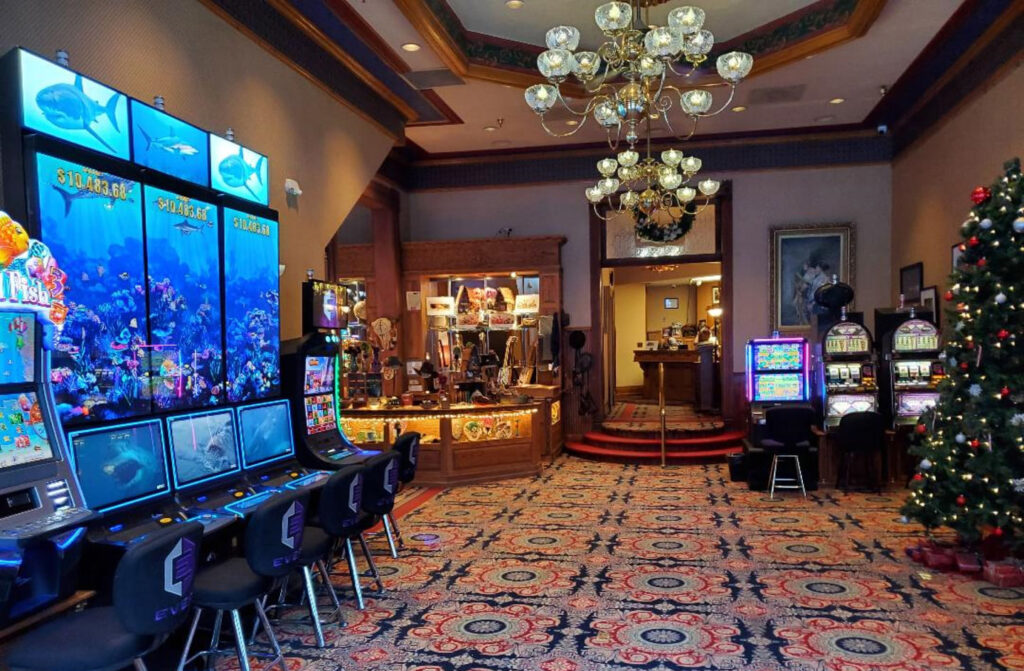
Design Evolution Insights
Casino architecture has always mirrored its era’s values. Early designs focused on exclusivity — closed spaces, rich ornamentation, and little daylight. As casino travel grew and gaming became mainstream, architects started prioritizing openness, sustainability, and comfort. Today’s modern casino buildings use light, transparency, and biophilic design to invite relaxation rather than intensity.
- Early casinos often lacked windows and used labyrinthine layouts to disorient time and encourage longer play. Modern resorts invert that: they “bring the outside in”, using light, nature, scenic views and open plans.
- Materials have shifted from heavy marbles, ornate plaster and dark woods to glass facades, sustainable surfaces and integrated lighting.
- Designers now treat casinos as part of a broader resort ecosystem — shops, theaters, public spaces — so game floors must flow rather than dominate.
- Heritage casinos must balance restoration with modernization: preserving decorative ceilings or façades while upgrading HVAC, lighting and accessibility.